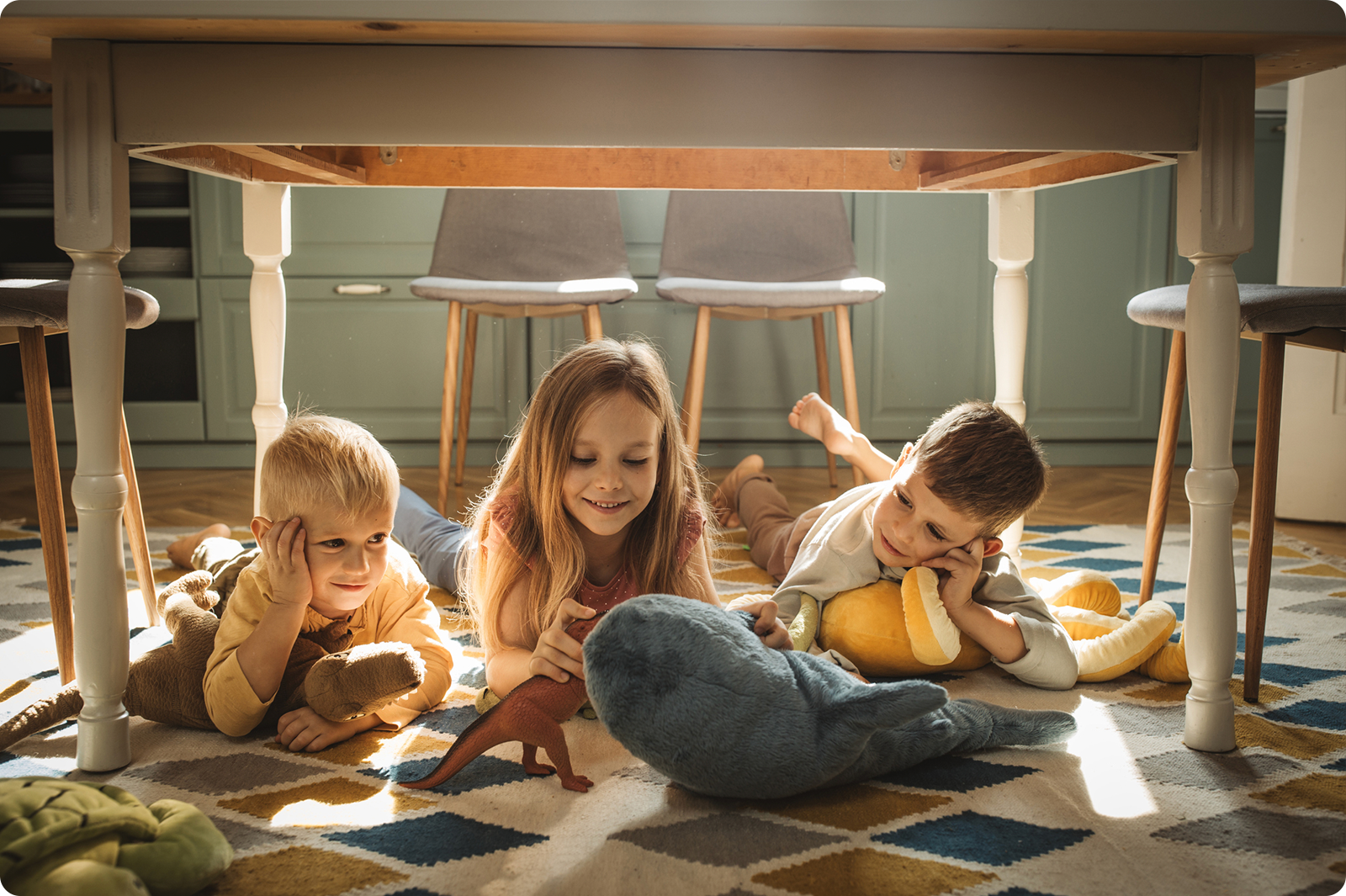Imagine you’re about to visit a new client in their office or attend your child’s band performance for the first time. You try pushing on the horizontal handle to enter the room, expecting it to swing open.
Except it doesn’t.
When you finally see the sign next to the handle that reads “PULL”, you might wonder to yourself, why was your immediate reaction to push on the handle instead of pulling?
We don’t often pay much attention to how we interact with our physical environments, but the truth is that physical spaces can have a tremendous impact on what we do and how we think. And I’m not just talking about doors that give you a hard time.
The design of a physical space can reduce the likelihood of accidents on the road (by drawing lines on the ground that make drivers slow down), lower food waste (by simply changing the size of plates at cafeterias), and importantly, how we decide to spend our money.
Have you ever noticed that the aisle before reaching the checkout counter is often windy and filled with small novelty items or snacks? You might have even picked up an item or two while you waited in line. The design of checkout aisles is meant to encourage unplanned impulse purchases—the longer you spend in line browsing, the more likely you are to want to pick something up, especially if it’s only a few dollars. However, the money you spend on these seemingly small purchases can quickly add up over time.
Even the music at retail stores is often carefully chosen—research has shown that consumers exposed to music with a fast rhythm at stores end up making more impulse purchases compared to those who listened to music with a slower beat.
Physical spaces can influence us in all sorts of ways without us realizing, but the good news is you can make use of a few behavioural economics tactics to help you spend more wisely.
Be intentional with what you buy
Shopping lists can double as a memory aid and an effective tool to help reduce impulse buying because it makes you commit to what you need so you can stick to what’s on the list. You can also review the items in your cart before reaching the checkout counter to decide if an item really was needed.
Come back later
Another tactic shown to be effective at reducing impulse purchases, especially when shopping online, is to delay the purchase after you’ve added all the items to your cart because postponing a purchasing decision shifts us away from a hot, impulsive state so that we think more clearly about our purchase decisions.
Putting money into mental jars
Humans have a funny tendency to assign different value to the dollar depending on what we intend to buy with it—this is known as mental accounting. For example, we might be more reluctant to spend $500 on a concert ticket than on rent.
We can use our tendency to do mental accounting to our advantage. Rather than thinking of our funds as a lump sum, divide the money we earn and put them into different (figurative) jars. Research shows that when we intentionally divide and budget our funds in this way, we are less likely to spend frivolously and more likely to save. This strategy can not only be applied to shopping behaviour, but can be applied to a wide range of financial goals, from debt repayment to putting money towards your child’s education.

Mona works as an associate at behavioral science consulting firm, BEworks, and has applied their expertise in a wide range of challenges, from driving business and product transformation in the private sectors to making policy recommendations to public sector stakeholders. Mona holds a MA and PhD in Cognitive Psychology from the University of Waterloo and is passionate about leveraging the design of everyday spaces to drive positive change.



